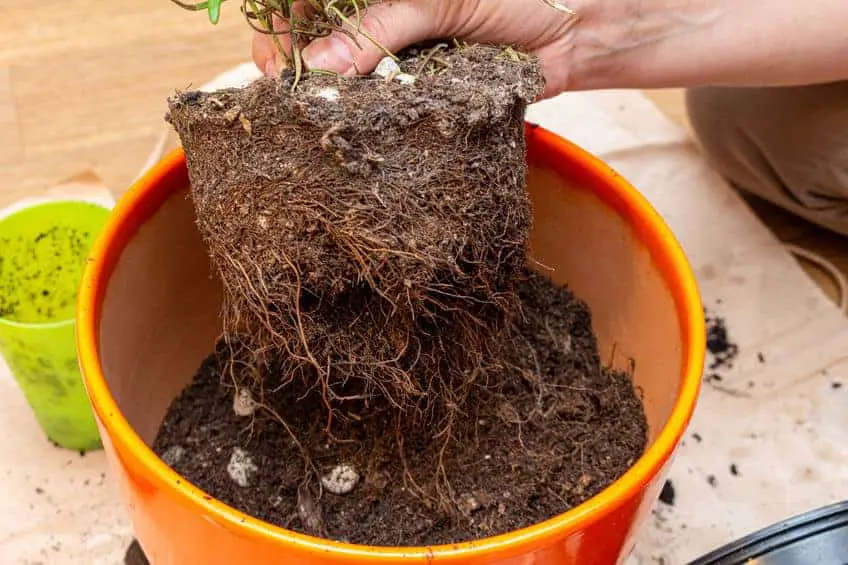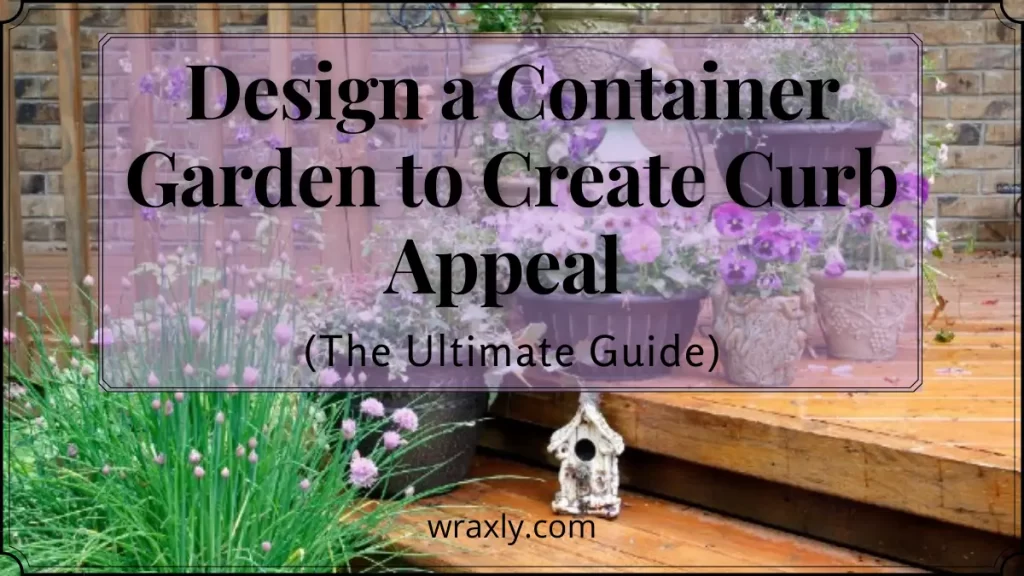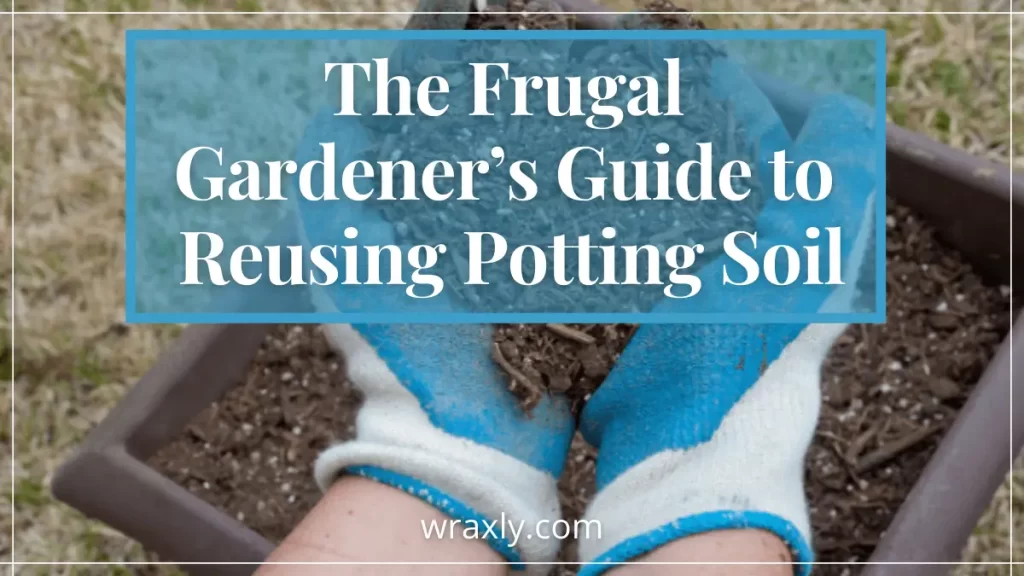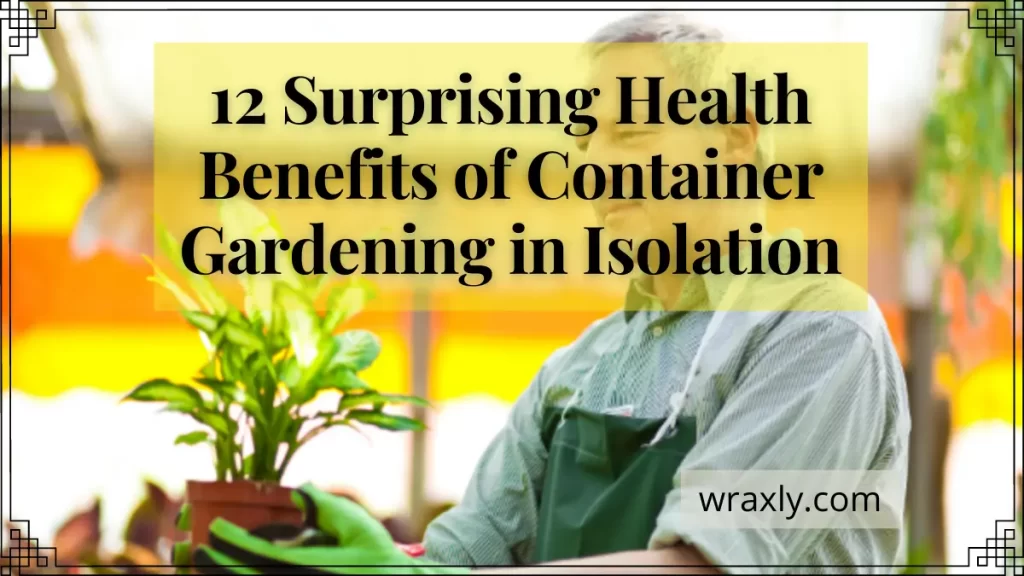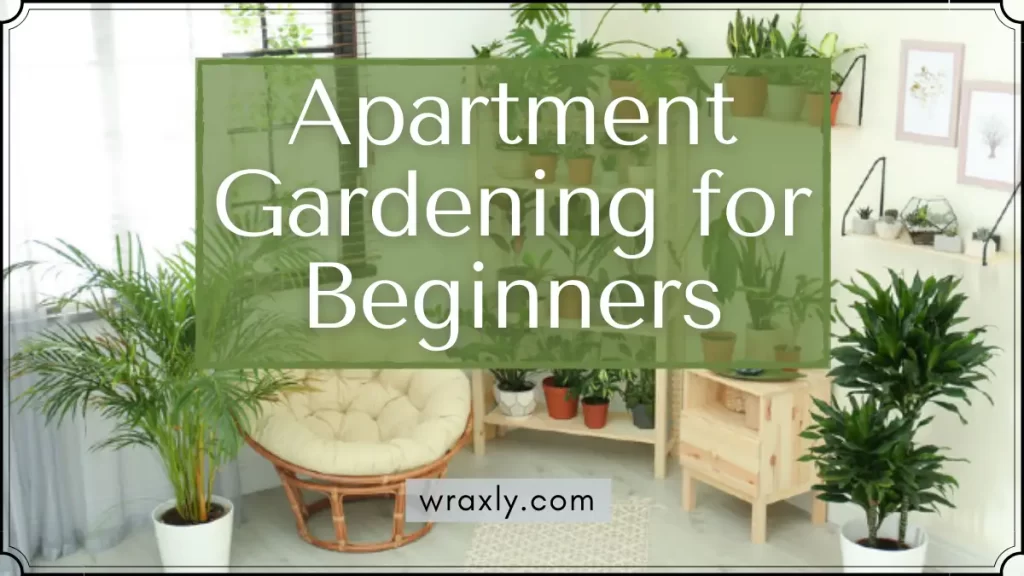Growing plants in containers is unlike any other form of gardening. That’s why so many beginners make simple errors that cause their container gardens to fail.
In this article, we’ll discuss ten of the most common container garden mistakes so that you can avoid them. Once you are familiar with those mistakes, you’ll be one step closer to adding a gorgeous container garden to your landscape.
![10 Common Container Garden Mistakes to Avoid [Beginner’s Guide]](https://wraxly.com/wp-content/uploads/2021/02/10-Common-Container-Garden-Mistakes-to-Avoid-Beginners-Guide.webp)
Table of contents
- Ignoring Plant Growth Requirements
- Neglecting Maintenance
- Using a Container that is Too Small
- Overcrowding Your Container
- Using a Container with No Drainage
- Relying on Filler Material
- Planting Incompatible Plant Species
- Forgetting to Fertilize
- Choosing Containers Made with Toxic Materials
- Watering Too Much, or Too Little
- Final Thoughts on Container Garden Mistakes to Avoid
Ignoring Plant Growth Requirements
The first container garden mistake that beginners make is a mistake common among all novice gardening ventures. When planting, many beginners pay little attention to the specific growth requirements of their plant species. Even though containers can make it somewhat easier to grow healthy plants, those growth requirements will always be a limiting factor.
To get a head start in picking the right plants, check out our guide on the best plants to grow in containers.
Every plant you include in your garden needs different amounts of sun exposure, soil moisture, and soil acidity. Along with those general needs, you’ll also find that each plant can call for some additional care. This care can include detailed pruning guidelines and wind protection.
To your benefit, the container plants that you select from the nursery will often come with a small tag that describes the plant’s basic care requirements. You should not just read these tags. You should consider saving them for future reference as well.
Following that guidance will help your plants thrive. But to get a deeper knowledge of what certain plants need, it is always helpful to research them online. There you will find more information than can fit on a small tag.
Neglecting Maintenance
Planting a container garden is not a one-time effort. Instead, you will need to remain active in caring for your plants during each season. This may sound like a strenuous task, but ongoing maintenance is part of what makes gardening such an engaging and rewarding hobby.
At a minimum, you should do some pruning and fertilizing for your plants every season. Those simple tasks go a long way in supporting vigorous growth. You should also have a clear understanding of how to water your plants. As you’ll see later, poor watering habits can be fatal to your container garden.
Remember that just as every plant species has distinct growing requirements, the same is true for maintenance. Some plants call for very little maintenance, while others will need your constant attention. At times, some plants are susceptible to pests and diseases. Preventing those ailments will call for some additional vigilance on your part.
The most important point here is that you cannot neglect your plants. Assuming that your plants will live on without your help means that you will probably find them dead after a season or two.
Using a Container that is Too Small
Here is one of the most common container garden mistakes. Even when you follow care guidelines and a proper maintenance schedule, a small container can negate your hard work.
A significant percentage of your plant lives underground in the form of a root system. While roots are not an ornamental feature that adds beauty to your garden, they are what allow the above-ground parts of the plant to appear healthy and attractive.
As your plant continues to grow, its roots will need to spread through the soil continuously. That means that the container you choose must offer enough space for adequate root expansion.
When your container is too small, the roots will reach the edge and become “root bound.” Once that happens, the lack of space causes the roots to become tangled, which causes the plant to decline.
Overcrowding Your Container
As we just noted, ample space is important for root development. Due to that fact, it is essential that you do not overcrowd your container garden.
It can be tempting to fill your container with as many plants as you please. But this approach is a mistake.
Too many plants in a single container means that there will be too much competition among them. Those crowded plants will battle each other for space, sunlight, and soil nutrients.
With an overcrowded container, there are not enough of those resources to go around. The results can be disastrous as many plants may fail while only a few thrive. If your container becomes overcrowded for any reason, don’t hesitate to transplant some of your plants to new containers where they can have plenty of space.
Using a Container with No Drainage
Another factor that many beginner gardeners do not recognize is that containers must allow water to escape. This seems counterintuitive since providing water is one of the most important elements of plant care.
But consider what happens when you water a plant that grows in the ground. That water does not remain confined in a single area. Instead, it touches the roots then continues to seep through the earth.
A quality container should mimic that process. Without drainage, the container will trap the water inside, meaning that the soil will be wet constantly. There are many plants that will die off in that setting as they hate having “wet feet.”
Luckily, it is easy to avoid this issue. All you must do is find a container with a small hole in the bottom or one made with permeable materials.
Recommended Fabric Grow Bags
| Image | Title | Prime | Buy |
|---|---|---|---|
 Top
Top | AC Infinity Heavy Duty Fabric Pots, 3 Gallon Aeration Grow Bags 5-Pack with 320G Thick Nonwoven Fabric and Multi-Purpose Rings, for Low Stress Plant Training Fruits, Vegetables, and Flowers | PrimeEligible | Check Price on Amazon |
 Top
Top | Decorlife 12-Pack Grow Bags, 5 Gallon Thick Fabric Pots for Plants, Sturdy Handles & Reinforced Stitching, Labels Included, Grey | PrimeEligible | Check Price on Amazon |
Top Top
Top | VIVOSUN 5-Pack 7 Gallon Plant Grow Bags, Heavy Duty Thickened Nonwoven Fabric Pots with Handles | PrimeEligible | Check Price on Amazon |
 Top
Top | Wraxly Fabric Grow Bags - 10 Gallon Colorful Two-Tone Felt Planter Pots. Best Gardening Gift for Mom, Dad, and Plant Lovers! Premium Heavy-Duty. [5-Pack of Assorted Colors - Plus Black Bonus Bag!] | PrimeEligible | Check Price on Amazon |
 | Gardzen 10-Pack 5 Gallon Grow Bags, Aeration Fabric Pots with Handles | PrimeEligible | Check Price on Amazon |
 | Smirdx Plant Grow Bag, Large Heavy Duty Fabric Grow Pot for Durable Breathe Cloth Planting Container for Potato Carrot Onion, Gardening Outdoor (Black, 15 Gallon / Dia: 24” x H: 8”) | PrimeEligible | Check Price on Amazon |
Relying on Filler Material
Sometimes, gardeners attempt to fill part of their containers with filler material. Their goal is to cut down on their potting soil costs.
To achieve this, those gardeners may place pieces of plastic, stone, brick, or other materials to take up space in their containers.
Using these fillers is not a guarantee that your plants will fail. But relying on soil alone is always the better option.
Filler materials are a cheap way to add volume to your container, and they often add no additional nutrients for your plants. Soil, by contrast, is the ideal medium through which your plant’s roots should grow. If cost is a concern, consider reusing your potting soil.
Planting Incompatible Plant Species
Earlier, we mentioned that plant growth requirements are both varied and vital. This issue comes into play when you are adding multiple plants to a single container.
You need to make sure that every species that shares a container has similar growth requirements. For instance, you should not pair a sun-loving plant with one that needs a lot of shade. The same is true for water needs, soil acidity, and any other basic growth requirement.
If you plant incompatible plant species, you will always be neglecting one for the sake of the other. Much like overcrowding, this leads to partial container garden success at best.
To avoid this, search for plants that grow well together. In your search, you’ll notice that many plants share similar growth requirements, which often means they can share the same container.
Forgetting to Fertilize
Oddly enough, fertilization is something that many beginner gardeners put off. They often feel that fertilization is either a nonessential aspect of plant care or too complex to comprehend.
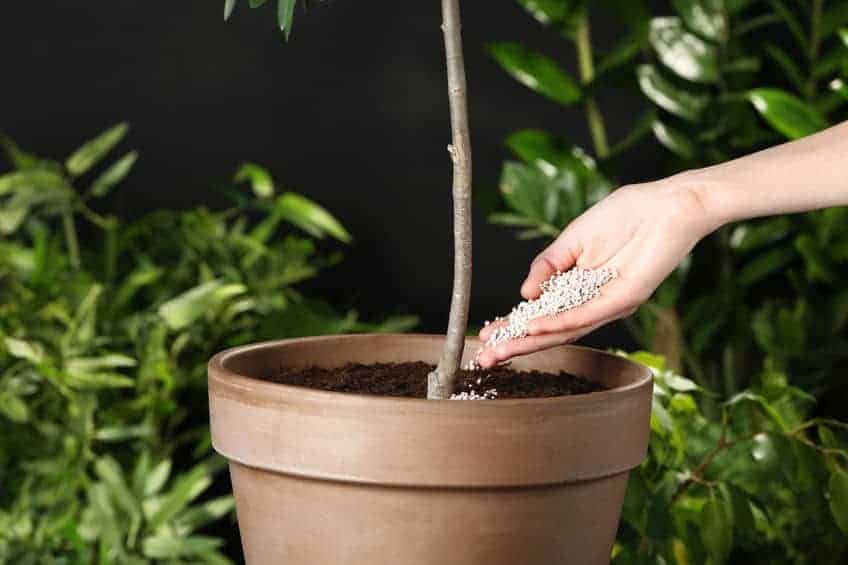
Admittedly, the world of fertilization includes a dizzying number of fertilizer options. So, it is understandable that a novice would become overwhelmed when trying to choose the best fertilizer from the countless choices at the garden supply store.
Still, regular fertilization can enhance the growth of your plants more than you might expect. And while it seems that each plant needs the perfect fertilizer mix, an all-purpose fertilizer will usually work.
Typically, you should fertilize your plants at the beginning of the growing season. But again, knowing the individual needs of your plants will indicate the best timing for seasonal fertilization.
Recommended Fertilizer
| Image | Title | Prime | Buy |
|---|---|---|---|
 Top
Top | Purived Liquid Fertilizer for Indoor Plants | 20oz Concentrate | Makes 50 Gallons | All-Purpose Liquid Plant Food for Potted Houseplants | All-Natural | Groundwater Safe | Easy to Use | Made in USA | PrimeEligible | Check Price on Amazon |
Top | FoxFarm Liquid Nutrient Trio Soil Formula: Big Bloom, Grow Big, Tiger Bloom (Pack of 3-16 oz Bottles) 1 Pint Each + Twin Canaries Chart | PrimeEligible | Check Price on Amazon |
 Top
Top | Garden Alchemy: 80 Recipes and Concoctions for Organic Fertilizers, Plant Elixirs, Potting Mixes, Pest Deterrents, and More | Prime | Check Price on Amazon |
 Top
Top | Espoma Garden-Tone Plant Food, Natural & Organic Fertilizer for an Abundant Harvest, 4 lb, Pack of 1 | PrimeEligible | Check Price on Amazon |
 | J R Peters 52024 Jacks Classic No.1.5 20-20-20 All Purpose Fertilizer | PrimeEligible | Check Price on Amazon |
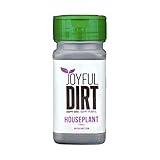 | Joyful Dirt Organic Based Premium Concentrated House Plant Food and Fertilizer. Easy Use Shaker (3 oz) | PrimeEligible | Check Price on Amazon |
 | Indoor Plant Food | All-purpose House Plant Fertilizer | Liquid Common Houseplant Fertilizers for Potted Planting Soil | by Aquatic Arts | PrimeEligible | Check Price on Amazon |
Choosing Containers Made with Toxic Materials
While a lot of gardening success comes down to the plants you choose and the way you care for them, the right container makes a difference as well. Naturally, there are some containers you should avoid.
Certain containers include toxic materials in their composition. Those toxins can leech into the soil and may affect your plants.
There is still some debate over the degree to which toxic materials can readily enter plant tissue. But it is best to use caution.
Plastic containers with BPA or lead paint are of the greatest concern. When in doubt, choose a container that incorporates natural materials. Although fabric grow bags are made with a nonwoven material, you can find ones that are 100% eco-friendly and certified AZO-free and are therefore a great choice.
Watering Too Much, or Too Little
As a final tip, it is important to know that the simple task of watering can be a delicate balancing act. As you probably know, watering too little will cause your soil and plants to become too dry.
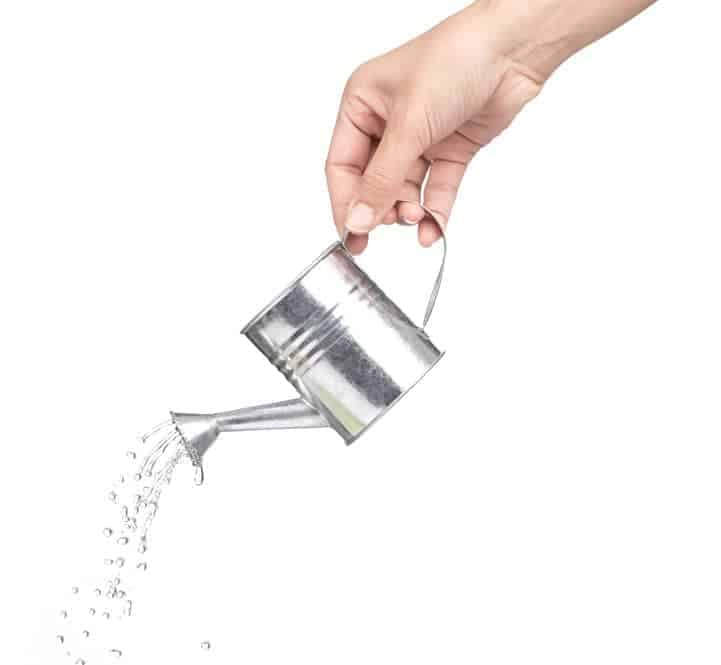
But did you know that the opposite can also be detrimental? Some beginners mistakenly believe that there is no such thing as too much water. To avoid dry soil, they overcompensate with their watering habits.
Overwatering can lead to dead and discolored leaves. It can also create the ideal environment for bacteria that will harm your plant, among other issues.
Refer to your plant’s growth requirements to understand how to provide water correctly. And always make sure that you are watering the soil rather than the leaves of the plant. After all, the roots will absorb the water you give to your plant, not the leaves.
Recommended Watering Systems
| Image | Title | Prime | Buy |
|---|---|---|---|
 | Flantor Garden Irrigation System, 1/4" Tubing Watering Drip Kit Automatic Irrigation Equipment Set | PrimeEligible | Check Price on Amazon |
Top | Rain Bird SWDMSPKIT Drip Irrigation Spot Watering Manifold on a Spike Kit, Bubblers and Emitters | PrimeEligible | Check Price on Amazon |
 | Automatic Watering System with 30-Day Watering Cycle Timer | PrimeEligible | Check Price on Amazon |
 | Orbit 57946 B-hyve Smart 6-Zone Indoor/Outdoor Sprinkler Controller, Compatible with Alexa, 6 Station | PrimeEligible | Check Price on Amazon |
 | Raindrip R560DP Automatic Watering Kit for Container and Hanging Baskets, Water up to 20 plants with this kit , Black | PrimeEligible | Check Price on Amazon |
Final Thoughts on Container Garden Mistakes to Avoid
Creating a successful container garden is as much about providing the right care as it is about avoiding mistakes. Before you begin your container garden project, refer to this list of typical pitfalls that many beginners make. By knowing and preventing those mistakes, you’ll have a much better chance of success in planting your container garden.

John Haryasz is a freelance writer and landscape designer. In the field of landscape architecture, he has contributed to many successful design projects throughout the country. As a writer, John specializes in creating captivating and informative web content. Through that work, he aims to share his design knowledge and promote engagement with the outdoor world.
